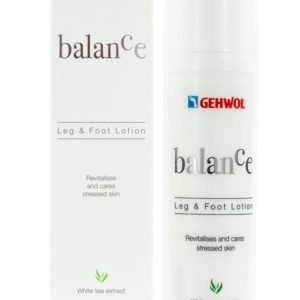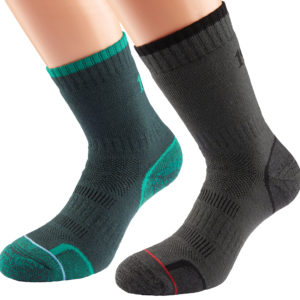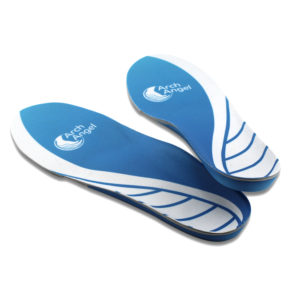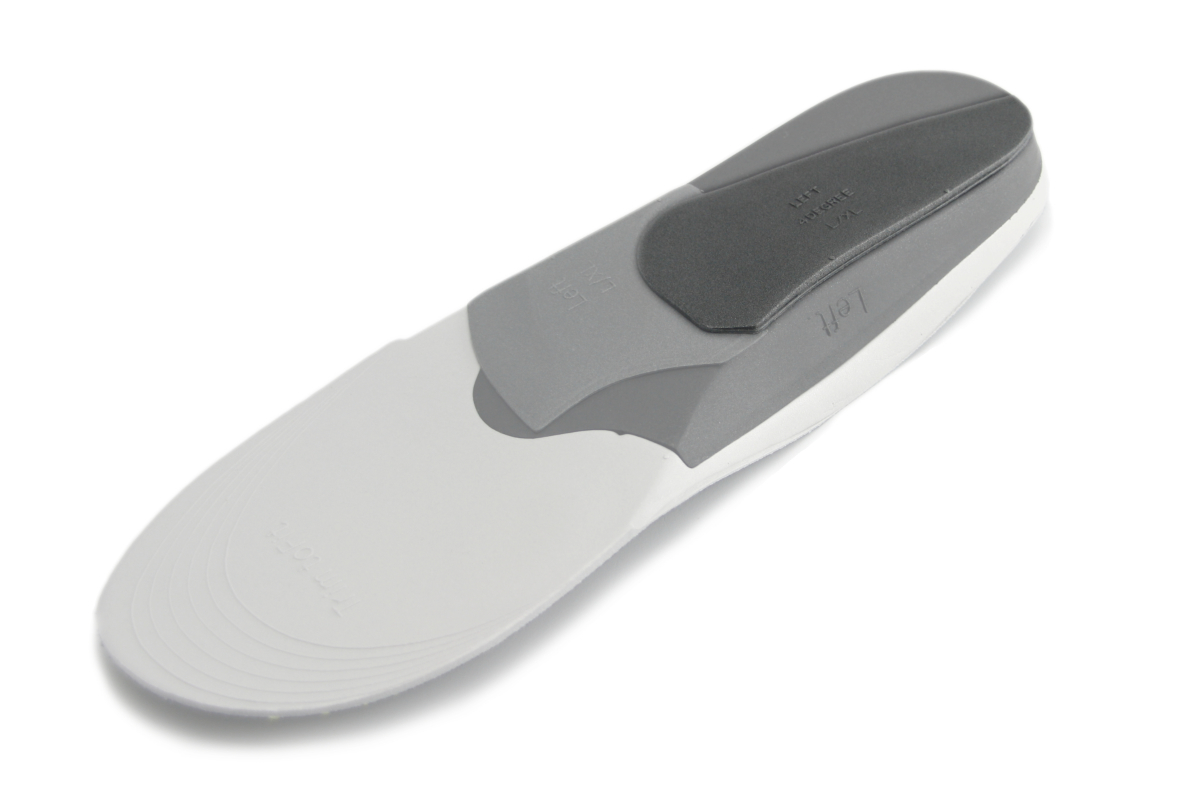Evolve Range Rearfoot Wedges
Our Alleviate range is only available to Health Professionals, if you would like to register with us as a Health Professional, please click below.
Product Description
Evolve Range Rearfoot Wedges Technology
- Self-adhesive Shore 60 rearfoot wedges available in two heights – 4° & 8°
- Specifically designed to complement and be compatible with the Evolve range, our rearfoot wedges are designed to:
- Phasically post the rearfoot and decelerate calcaneal plantarflexion moment in the sagittal plane at initial contact
- Retard centre of pressure progression by supporting the spatial location of the subtalar joint in an elevated position
- Affect change in the amount of arch lowering by increasing support to the talonavicular joint and increasing the effect of the intrinsic midfoot saddle
- Sagittal plane propulsion rocker to initiate heel-off, reduce stress in propulsive structures and accelerates the centre of mass in terminal stance
Other Popular HealthyStep Products You may also like…
-
£15.45 + More

Gehwol Balance Leg & Foot Lotion
A pro-biotic care concept forms the basis of GEHWOL Balance Leg & Foot Lotion for skin stressed by external influences every day.It revitalises and strengthens the natural skin barrier.
-
£18.99 + More

WALKING SOCK (TWIN PACK)
3 Season comfort for walkers.Perfect with all types of walking boot or shoe.The 1000 Mile Walk Sock offers 3 season comfort and temperature control.
-
£29.95 + More

Fallen Arch Insoles
ArchAngel® fallen arches insoles have been designed and contoured to provide the best comfort and arch support for feet with fallen arches.


